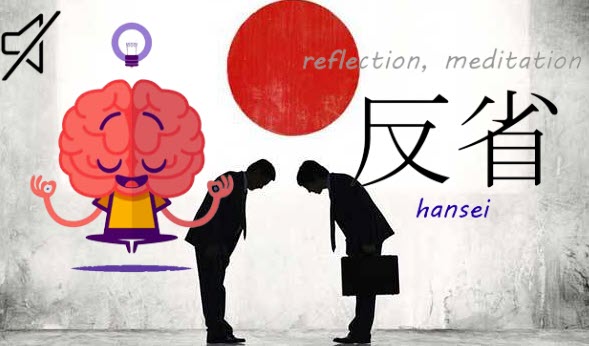
Hansei Methodology: Continuously Engaging People in Improvement
Last updated: October 21, 2025 Read in fullscreen view
- 02 Nov 2023
 Unlocking Success with The Amoeba Management Model: Key Lessons, Pros & Cons, and Finding the Perfect Fit 163/694
Unlocking Success with The Amoeba Management Model: Key Lessons, Pros & Cons, and Finding the Perfect Fit 163/694 - 10 Nov 2021
 5S methodology - the SECRET to Japanese SUCCESS 135/1728
5S methodology - the SECRET to Japanese SUCCESS 135/1728 - 09 Sep 2022
 Kaizen, Kaikaku and Kakushin – what’s the difference? 83/2901
Kaizen, Kaikaku and Kakushin – what’s the difference? 83/2901 - 24 Nov 2022
 Genba Genbutsu Genjitsu (3Gs), (Go to the Genba & see for yourself!) 72/2909
Genba Genbutsu Genjitsu (3Gs), (Go to the Genba & see for yourself!) 72/2909 - 01 Dec 2023
 What is Amoeba Management? 60/903
What is Amoeba Management? 60/903 - 01 Apr 2022
 Ishikawa (fishbone) diagram in software project management 40/3039
Ishikawa (fishbone) diagram in software project management 40/3039 - 28 Oct 2023
 The GOLDEN Rules of Software Engineering 28/526
The GOLDEN Rules of Software Engineering 28/526 - 08 Dec 2021
 What Are The 4 Types of Maintenance Strategies? 20/1035
What Are The 4 Types of Maintenance Strategies? 20/1035 - 15 Apr 2022
 Total Quality Management (TQM) - Japanese-style management approach to quality improvement. 17/629
Total Quality Management (TQM) - Japanese-style management approach to quality improvement. 17/629 - 17 Mar 2023
 Reduce waste in software development with 3M model: Muda, Mura, Muri 17/863
Reduce waste in software development with 3M model: Muda, Mura, Muri 17/863 - 04 Mar 2024
 Tree Ring Management: Take the Long Term View and Grow Your Business Slowly 15/375
Tree Ring Management: Take the Long Term View and Grow Your Business Slowly 15/375 - 09 Sep 2022
 What is 5 Whys (Five Whys)? 13/866
What is 5 Whys (Five Whys)? 13/866 - 27 Aug 2022
 Kaizen - Culture of Continuous Improvement and Lean Thinking 13/708
Kaizen - Culture of Continuous Improvement and Lean Thinking 13/708 - 13 Jul 2022
 Applying the business mantra "HORENSO" to Achieve 360-degree Communication 12/817
Applying the business mantra "HORENSO" to Achieve 360-degree Communication 12/817 - 03 Jan 2024
 What is the Ringi process? 12/879
What is the Ringi process? 12/879 - 02 Feb 2022
 Yokoten: Best Practice Sharing from a success 12/1288
Yokoten: Best Practice Sharing from a success 12/1288 - 01 Mar 2022
 The Toyota Way Management Principles 11/685
The Toyota Way Management Principles 11/685 - 12 Dec 2024
 Danshari: A Japanese Minimalist Philosophy for Cleaner Code and Leaner IT Operations 10/25
Danshari: A Japanese Minimalist Philosophy for Cleaner Code and Leaner IT Operations 10/25 - 29 Aug 2022
 Difference between Kaizen and Innovation 9/797
Difference between Kaizen and Innovation 9/797 - 02 Dec 2022
 3 Levels of Quality in KANO Analysis Model 8/1003
3 Levels of Quality in KANO Analysis Model 8/1003 - 13 Oct 2021
 What is Bug Convergence? Why is it important for User Acceptance Testing (UAT)? 8/686
What is Bug Convergence? Why is it important for User Acceptance Testing (UAT)? 8/686 - 13 May 2022
 IT Training and Development: The most effective options for upskilling IT staff 7/1027
IT Training and Development: The most effective options for upskilling IT staff 7/1027 - 29 Nov 2021
 Memorandum of Understanding (MOU) for Partnership Agreements 7/470
Memorandum of Understanding (MOU) for Partnership Agreements 7/470 - 14 Oct 2021
 Stream Story - Low land stream or fast moving stream? 6/569
Stream Story - Low land stream or fast moving stream? 6/569 - 19 Sep 2022
 Jidoka in Software Development and Odoo ERP/MRP 5/470
Jidoka in Software Development and Odoo ERP/MRP 5/470 - 05 May 2021
 TIGO Magic Scale - PoC tool for you to apply dichotomous thinking before submitting RFP 4/297
TIGO Magic Scale - PoC tool for you to apply dichotomous thinking before submitting RFP 4/297 - 06 Jun 2022
 HEIJUNKA: The art of leveling production 4/481
HEIJUNKA: The art of leveling production 4/481 - 07 Mar 2023
 Japan’s Unusual Farming Strategy: Renting Land and Leaving It Fallow for 5 Years — Here’s the Truth… 4/34
Japan’s Unusual Farming Strategy: Renting Land and Leaving It Fallow for 5 Years — Here’s the Truth… 4/34 - 20 Dec 2021
 What is Hybrid Mobile App Development? 3/315
What is Hybrid Mobile App Development? 3/315 - 03 Nov 2022
 Questions and answers about Kano Model 3/810
Questions and answers about Kano Model 3/810 - 06 Dec 2024
 Steps For Integrating Sustainable Practices Into Business Operations 3/115
Steps For Integrating Sustainable Practices Into Business Operations 3/115 - 05 Feb 2024
 Ego and Attachment: Simplify Your Life Today 3/191
Ego and Attachment: Simplify Your Life Today 3/191 - 01 Jan 2023
 How To Use Poka-Yoke (Mistake Proofing) Technique To Improve Software Quality 2/590
How To Use Poka-Yoke (Mistake Proofing) Technique To Improve Software Quality 2/590 - 07 Nov 2022
 Why Design Thinking can save the outsourcing industry 2/169
Why Design Thinking can save the outsourcing industry 2/169 - 01 Oct 2020
 Handling tight project deadlines as a business analyst 1/313
Handling tight project deadlines as a business analyst 1/313 - 03 Feb 2024
 "Kham Nhẫn" in Business: A Guide to Patience and Resilience 1/149
"Kham Nhẫn" in Business: A Guide to Patience and Resilience 1/149 - 28 Oct 2025
 The Future of Real Estate: Key Trends and Essential Lessons in Digital Transformation 1/14
The Future of Real Estate: Key Trends and Essential Lessons in Digital Transformation 1/14 - 15 Aug 2025
 Quantum Technology: Global Challenges and Opportunities for Innovators /57
Quantum Technology: Global Challenges and Opportunities for Innovators /57 - 12 Mar 2022
 The u-Japan concept /234
The u-Japan concept /234 - 11 Oct 2021
 10 Myths About Low-End Project Management Software /274
10 Myths About Low-End Project Management Software /274 - 01 Jun 2020
 Japan Business Review (JBR) /277
Japan Business Review (JBR) /277
We all agree that it is important for businesses to improve and continuously evolve – whether you call this Kaizen, Lean, TQM, TPM or any of the other plethora of methodologies. But for decades we have been trying to implement them and often encountered resistance and even outright rejection. When this happens we blame either the tools or the people for the failures. But we did not recognize that the reason was neither.
When leaders are busy counting top and bottom lines, process improvements are often not the topmost of their priority list even if they give lip service to it. Therefore, what leaders talk about and how they behave and act, do not synchronize. This sends ripples of confusion out to the people below in the organization, and sooner or later people realize that management is not serious about improvements! So how do we overcome this and involve everyone in the organization?
Hansei is one such practice. It is difficult to translate the exact meaning of Hansei into English. “Introspecting to improve self”, “Reflecting to improve self”, “Transforming myself” can be some of the closest meanings for it. We can say that Hansei is a Japanese word that approximately means “Self-reflection”; it is a practice where we talk to our inner self and understand our strengths and weaknesses in terms of thoughts, behaviors and actions.
What is Hansei?
Hansei is an important part of Japanese culture – a continuous form of subtle meditation undertaken to look at past mistakes, outline the lessons and pledge to act on those lessons. “Han" means to change, turn over, or turn upside down. "Sei" means to look back upon, review, and examine oneself. This may sound like common sense but how many organizations/teams really use Hansei effectively? By effectively, I mean not just identifying lessons and feeling good about it, but putting those lessons into actions the next time.
Hansei is a type of meditation where we look inside ourselves. Let us, therefore, understand the process of practicing Hansei.
What are the Essential Elements of Hansei? Analyzing Failures to Improve
Figure 1: Analyzing Elements of Hansei
Figure 1 (above) shows the steps in doing Hansei. It starts from problem recognition. We cannot find the solution for improvement unless we acknowledge that there exists a problem. This means that we must realize that we have done something wrong and we must improve. The next step is to take personal responsibility for the wrongdoing that may have happened due to our actions and behaviors.
Once we take personal responsibility, we need to own our actions and not be in the “Victim” mode. This necessitates that we are in emotional attachment with our actions. At this stage there is a deep sense of realization and regret for our actions. Once we get into the stage of “Deep Regret” we can then direct our thoughts to improve upon ourselves so that we do not repeat these actions and behaviors again. This leads us to the fourth stage where we make a personal Commitment to Improve. It is not just words but a concrete action plan for self-improvement.
Yokoten is a Japanese manufacturing concept that is especially relevant to Project Managers. Yokoten means 'Best Practice Sharing'
Let us understand each of these elements of Hansei in further detail:
-
1. Problem Recognition: We must realize that there is a problem in our personal performance. Hansei looks at personal failures rather than systemic or process issues. Therefore, it is conditioning of our mind where we are able to talk truly to ourselves and find out our real weaknesses that exist within us. Hansei is not a typical assessment tool that the HR department uses to judge employee performance. Hansei is not periodical but continuous monitoring and development of oneself towards improvement. We can only improve when we realize that there is a problem. This is the first step towards Hansei.
Once we recognize there is a problem, we must work towards ascertaining the GAP. GAP is the difference between the expectation from the project or activity and our actual achievement. This GAP will address only my personal failings to achieve to the expectations and not any other reasons. One of the methods to address and define the problem is through the 5W 2H methodology. (5W = Why, What, Who, Where, When; 2H = How to, How Much/ Many)
-
2. Personal Responsibility: We must take personal responsibility for our failure. Someone reprimanding us is not the same as Hansei. We must own the actions that we have committed. Any justification of those actions means that we are in a “Denial Mode” and have closed ourselves to improvement. Courage to own failures unconditionally is the first step to self-reflection. We can, through deep introspection, assess our strengths and weaknesses. We can then make a list of the weaknesses that contributed to the failure to perform to the expectations.
-
3. Emotional Attachment to Failure: There must be a sense of wrong associated with the self-reflection. Trying to justify failures by blaming other people and situations is not being emotionally attached to the failure. It means we are still in “I’m a Victim” mode. Arrogant attitudes about a failure don’t inspire the deep thinking which we need. Once we reach this stage we take the list of weaknesses and attribute our behaviors to these through deep introspection. We associate the belief systems that are the foundation for such behaviors. We then start working upon ourselves to change these belief systems.
-
4. Commitment to Improve: We must be committed towards our improvement. We must challenge our existing belief systems and understand that this is a slow process and that our success depends upon our conviction and self-esteem. We must associate a detailed action plan for improvement with the Hansei. Breaking down bigger activities into small chewable pieces, by creating a Daily Diary for ourselves would be the best way to monitor our progress and course correct immediately through rapid PDCA.
We can further breakdown and have a system of traffic light where we stop for a minute every hour and contemplate on the actions and behavior that we have conducted in the last one hour’s situation that we faced. We can correct it immediately and move forward. This is a very powerful habit and can be developed with conscious practice. It becomes a part of our normal thinking after some time.
Is Hansei is the first step to Kaizen?
Hansei is one of the keys to kaizen, as the concept itself focuses on improvement as opposed to punishment. When we fail, we realize that we have done something wrong. So it is important that we will learn lessons from it, and find methods to prevent its recurrence. It is most important to consider also how bad we feel when we hurt others in the team by not performing to their expectations.
We also know that improvement has to be done by EVERYONE, EVERYTIME, EVERYWHERE. All these are motherhood statements; nice to hear! Easier said than done!
However, the real meaning of Kaizen has been lost long ago; when businesses started forming Kaizen departments and Kaizen teams and expected them to change the organizations. Kaizen is for everybody to improve himself/ herself every time and everywhere. When we improve ourselves can we contribute to improvements in the organization; because I know my work best and only I can improve it. It is in the mind; so we must start from ourselves first. From the time we jump out of bed till the time we retire back in the night. We must be able to practice PDCA in our daily lives; only then can we understand the real meaning of PDCA. Otherwise it will only remain a tool as it has remained for the past few decades.
Hansei is a proven technique that can lead to an improvement in mind-set. It is a continuous practice with complete and thorough dedication. It will improve our conviction and self-esteem that we can improve people and situations by being role models of improvement. This would automatically lead to Kaizen.
Companies that follow the Toyota Production System rigorously, regularly conduct Hansei-Kai (Reflection meeting) at critical milestones and at the end of each project. The purpose is to identify problems, develop countermeasures and communicate the lessons learned to all in the organization so that they do not repeat the mistakes. This actually saves costs by avoiding the recurrence of multiple failures. Therefore, Hansei is a Key part of a learning organization along with Kaizen, TQM etc. This is also one of the key constituents in the “Check” of the PDCA cycle.
So how do we address problems and ensure improvement? Addressing some of the questions below could help us improve:
- What can we do to avoid this problem in the future?
- How can we make sure this does not happen again?
- How can we prevent a re-occurrence of this incident?
Such questions can avoid discussions where participants are in the “Denial Mode” making excuses and blaming people and situations. These questions can provide more constructive responses and action plans.
Accept Failures Graciously and Engage People to Improve
We cannot, therefore, remain in the “Victim Mode” blaming all others for our problems. We have always been looking “Outside-in”; meaning that we look outside to search for excuses that can justify our failures. This type of behavior directly puts pressure on our ethics and values and very soon we lose our own identity.
As leaders, we must learn to accept failures graciously and instill courage in people to accept failures, reflect, and move forward. This can initiate the process of Hansei in your organization. When we fail, we must have the humility to accept it and change ourselves visibly. Others will automatically change when they see the difference it has made. Experiment with Hansei yourself! It is really fun!





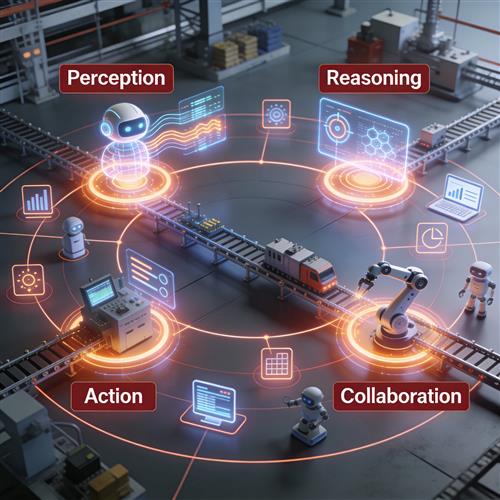



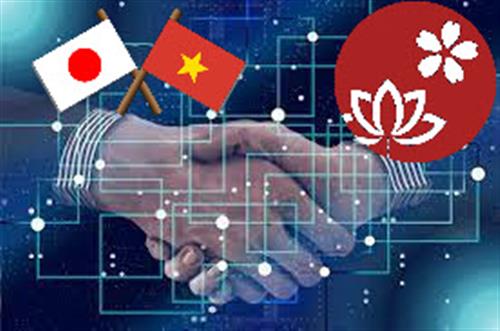
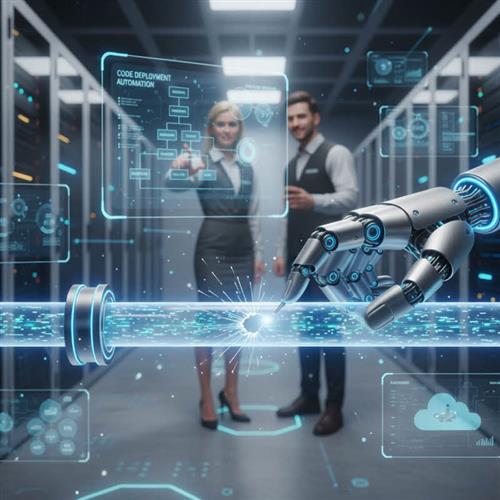

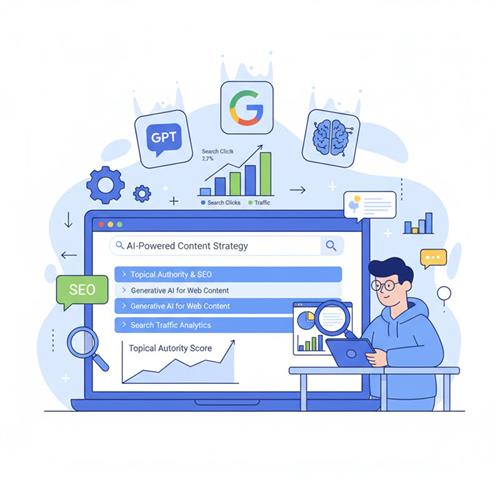


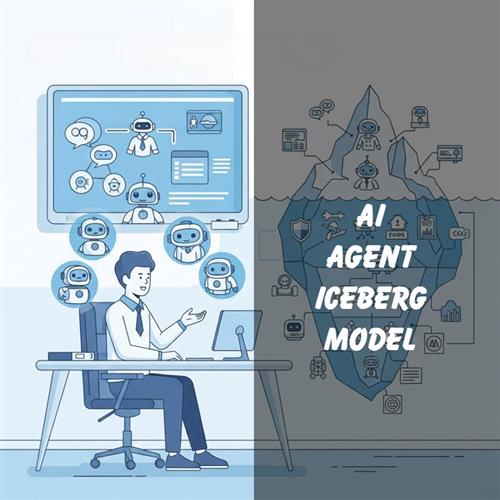



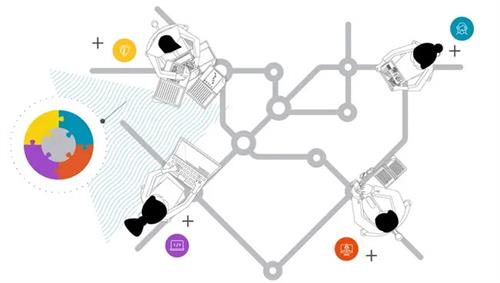



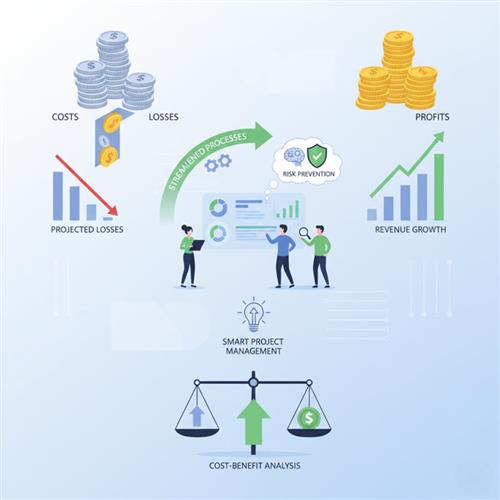











 Link copied!
Link copied!
 Recently Updated News
Recently Updated News